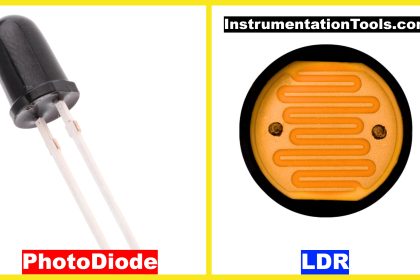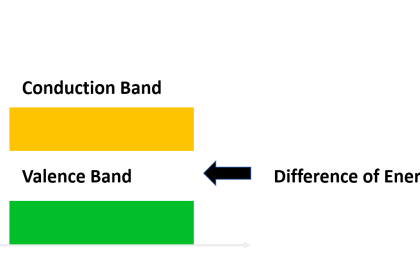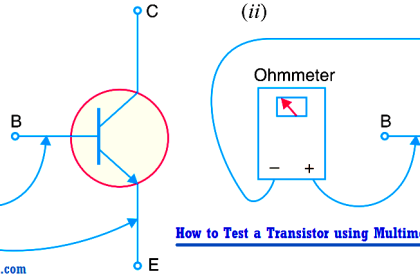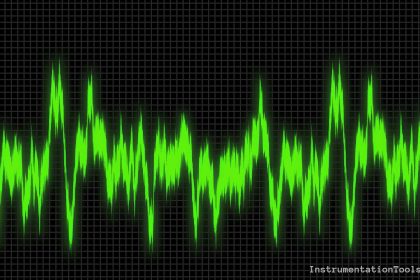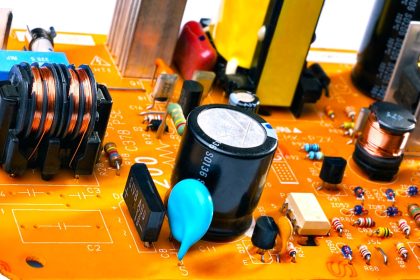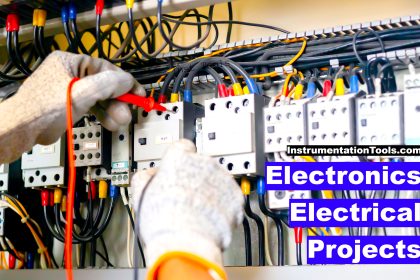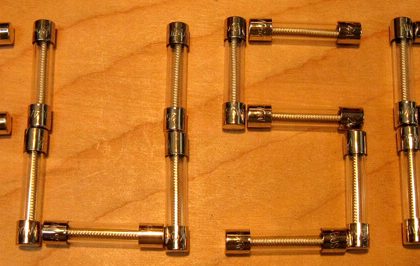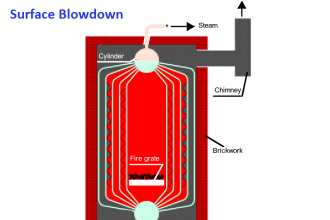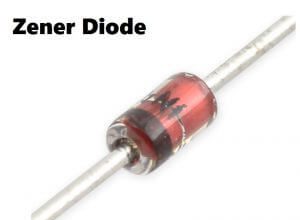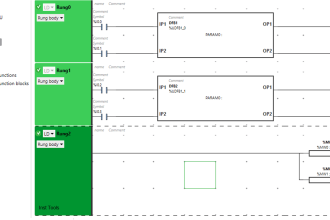Electronics have an important relationship between current, voltage, and resistance, which is famously called Ohm’s law.
Ohm’s law states that voltage is equal to current multiplied by resistance. Based on that, in an electronic circuit, there are two types of devices used – linear and non-linear.
In this post, we will learn the concept of a non-linear device.
What is a Non-Linear Device?
As the name implies, a non-linear device is one where the relationship between voltage and current is not linear. In linear devices, the output signal is in line with the input signal.
But, in a non-linear device, the relationship between input power and output power does not plot on a graph as a straight line.
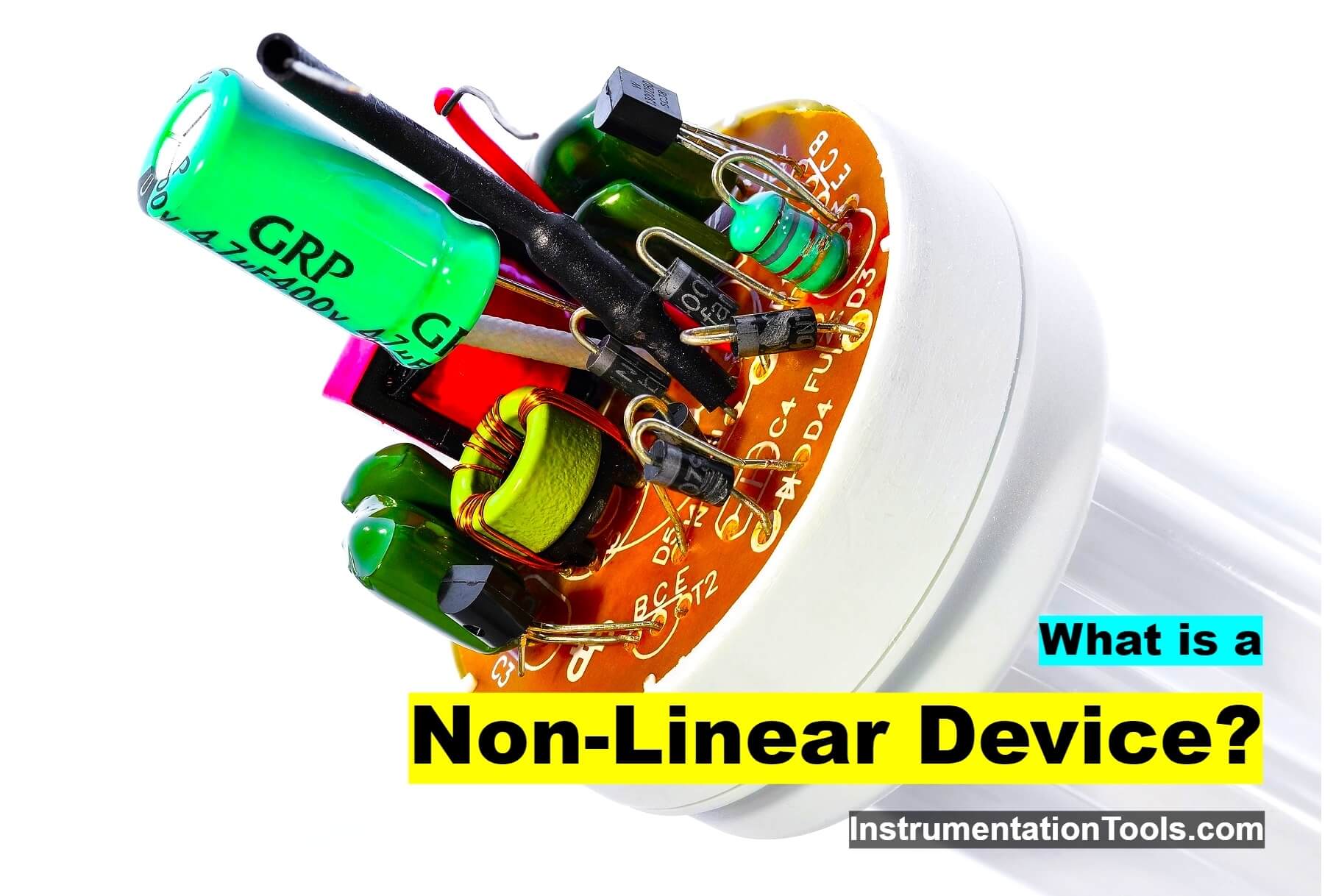
Example of Linear Device
For understanding this, let us take a simple example of Ohm’s law.
Suppose the resistance of a device is 2 ohms. The voltage applied is 10V. As per the formula, the current drawn will be 5A. Now, consider the resistance to be the same at 2 ohms; the voltage applied is now 20V. So, the current drawn will be 10A.
In any case, you see that the ratio between voltage and current is maintained. This is a linear device, in which its resistance does not vary in spite of any condition, be it temperature or any other external condition (can be current also).
In a linear device, all the basic circuit parameters—such as resistance, inductance, capacitance, waveform, and frequency—do not change with respect to current and voltage.
Example of a Non-Linear Device
Let us study the second scenario now. Suppose the resistance of a device is 2 ohms. The voltage applied is 10V. As per the formula, the current drawn will be 5A.
Now, consider the resistance to be increasing with an increase in current or temperature. So, for a voltage applied at 20V, if the resistance increases to 4 ohms, then the current drawn will be 5A.
In any case, you see that the ratio between voltage and current is not maintained. This is a non-linear device, in which its resistance varies in many conditions, be it temperature or any other external condition (can be current also). Due to this, the signal relation is also not in conjunction.
In a non-linear device, any of the basic circuit parameters—such as resistance, inductance, capacitance, waveform, and frequency—can change with respect to current and voltage.
Advantages of Non-Linear Devices
A non-linear relationship is useful in many electronic applications. The most commonly available non-linear devices are semiconductors like transistors, diodes, and inductors. In them, the current starts to decline as the voltage increases; or inversely, it increases at a very slow rate as compared to increasing voltage.
Most modern circuits are run at a high enough signal level that they exhibit a nonlinear response. Consider a transistor, the fundamental building block of modern computing.
We take advantage of the nonlinear response in its output current to define digital signals in a digital system. This nonlinear response leads to saturation in the current output, corresponding to an ON digital signal. There are plenty of other circuits you can construct in your next PCB that can provide the functionality you might need.
In this way, we understand the concept of a non-linear device.
If you liked this article, then please subscribe to our YouTube Channel for Electrical, Electronics, Instrumentation, PLC, and SCADA video tutorials.
You can also follow us on Facebook and Twitter to receive daily updates.
Read Next:
- Turbine Control System
- Steps in PLC System Design
- SCADA System Vulnerabilities
- Delta PLC and VFD with Modbus
- Characteristics of an Instrument
